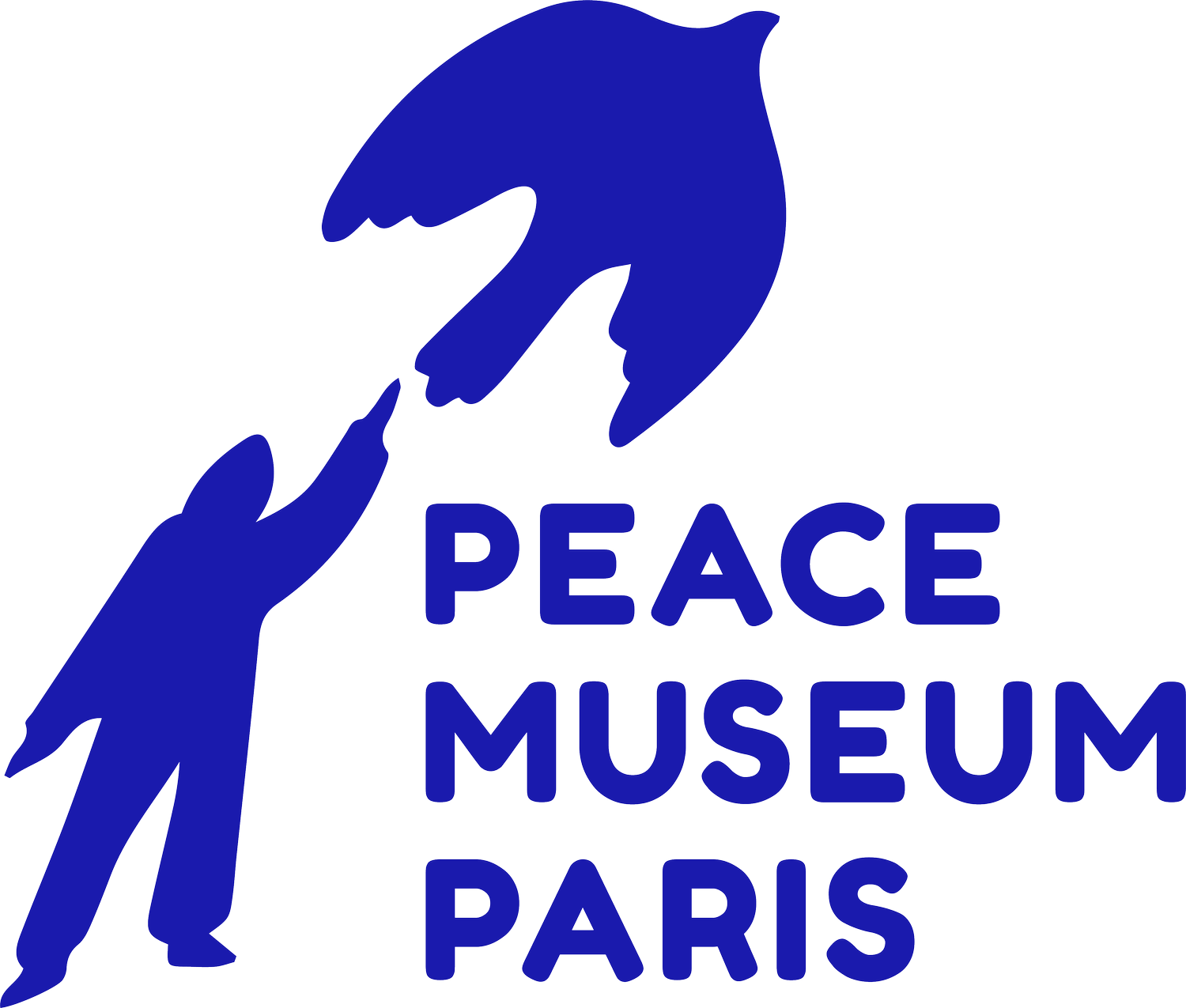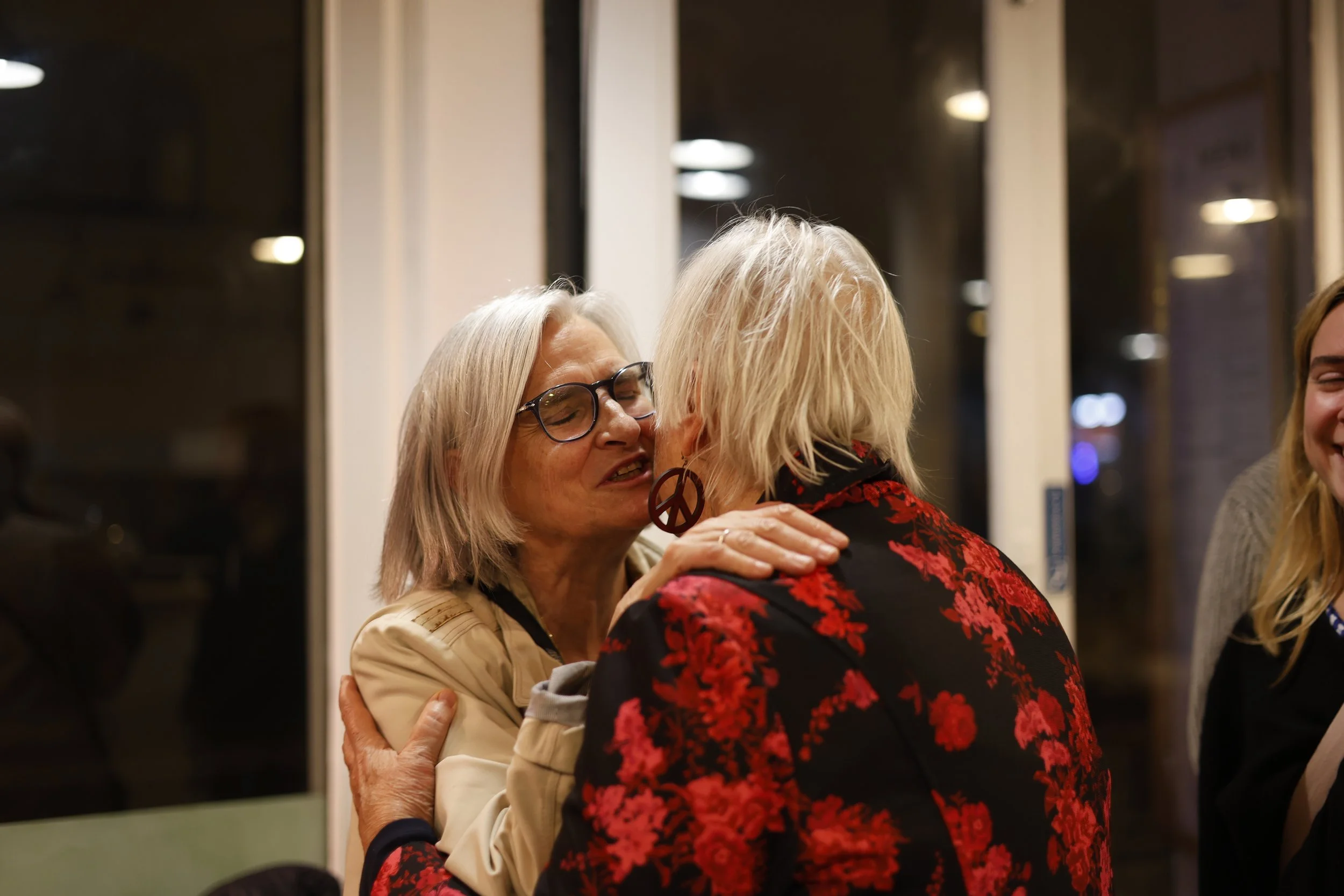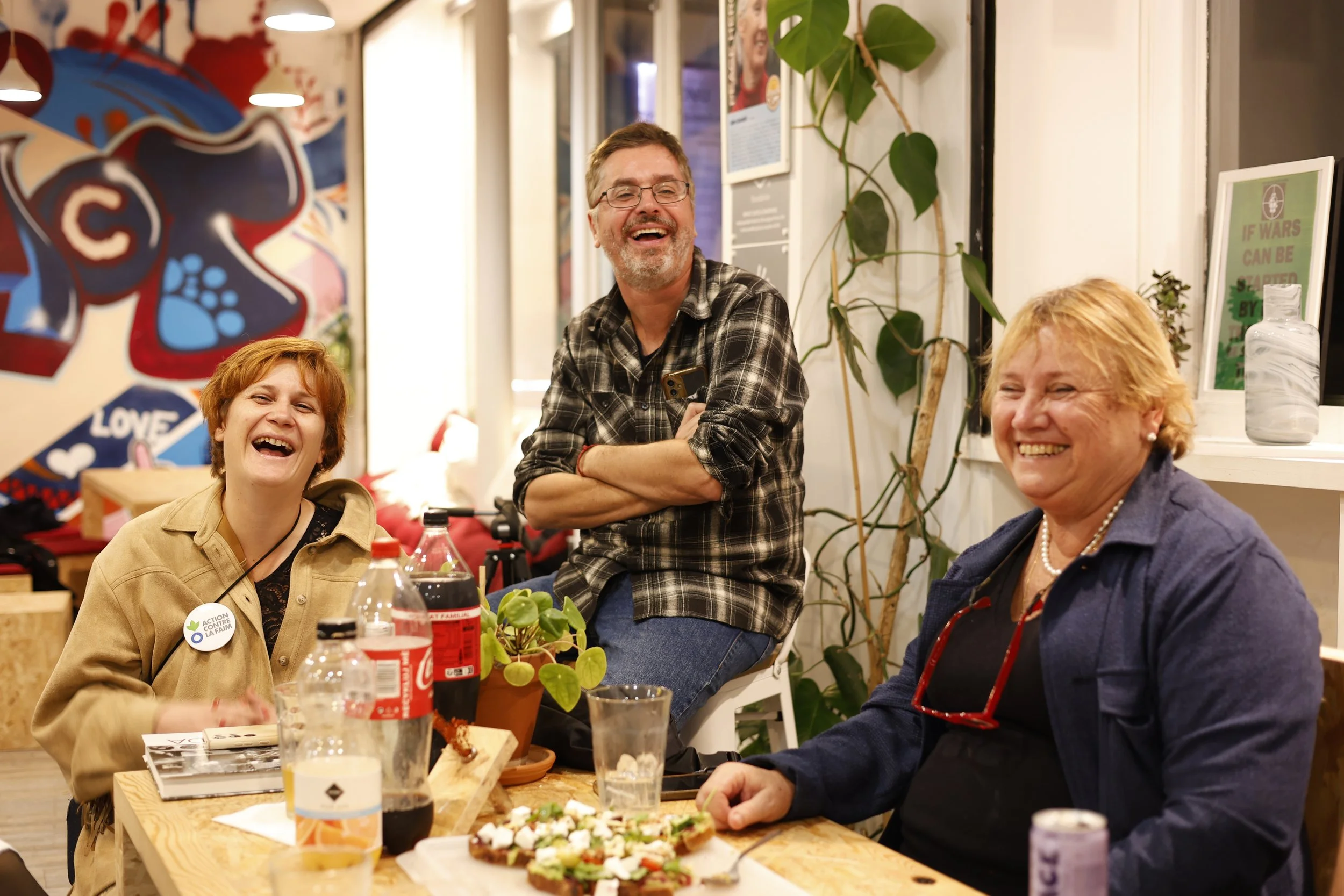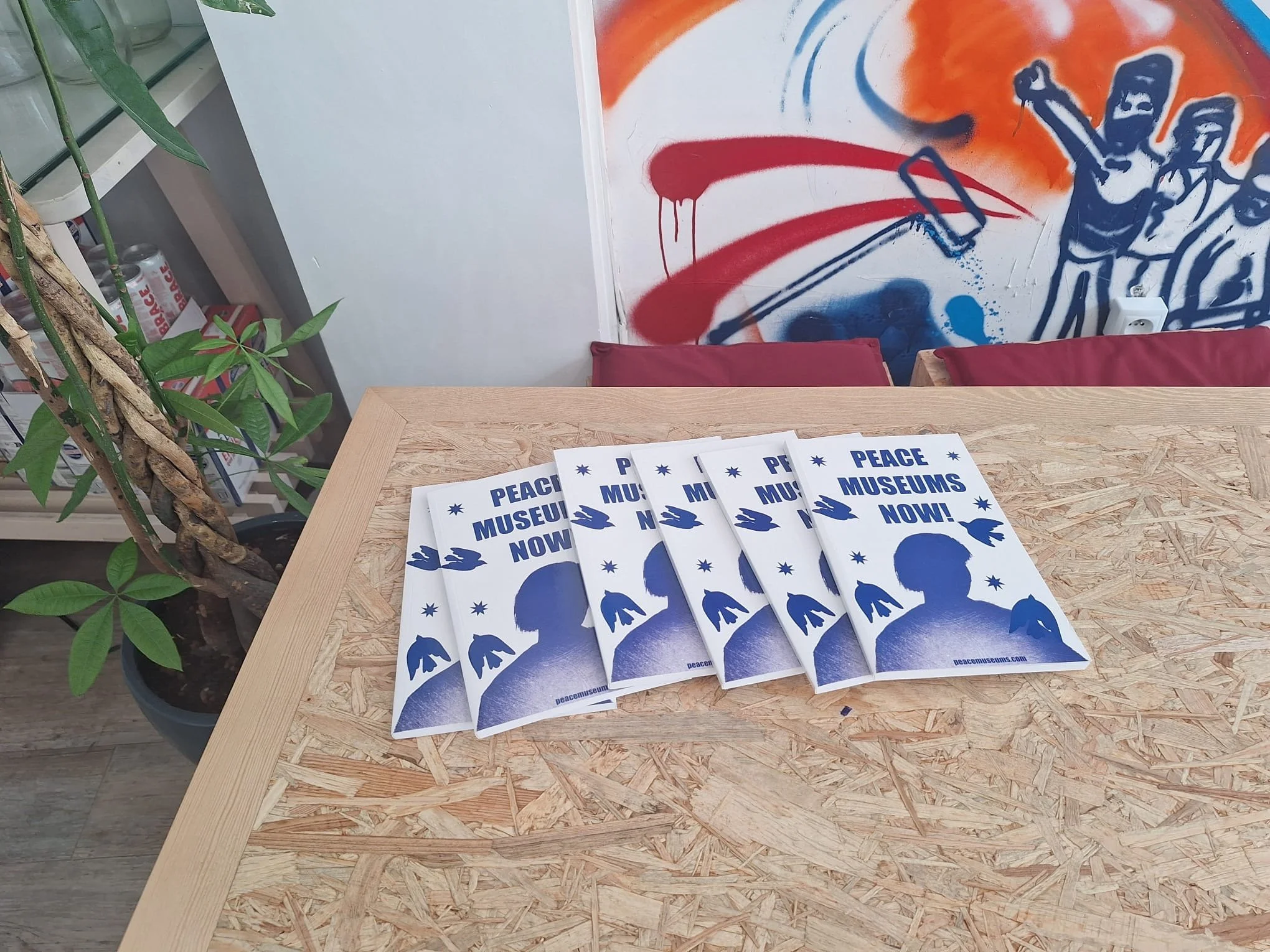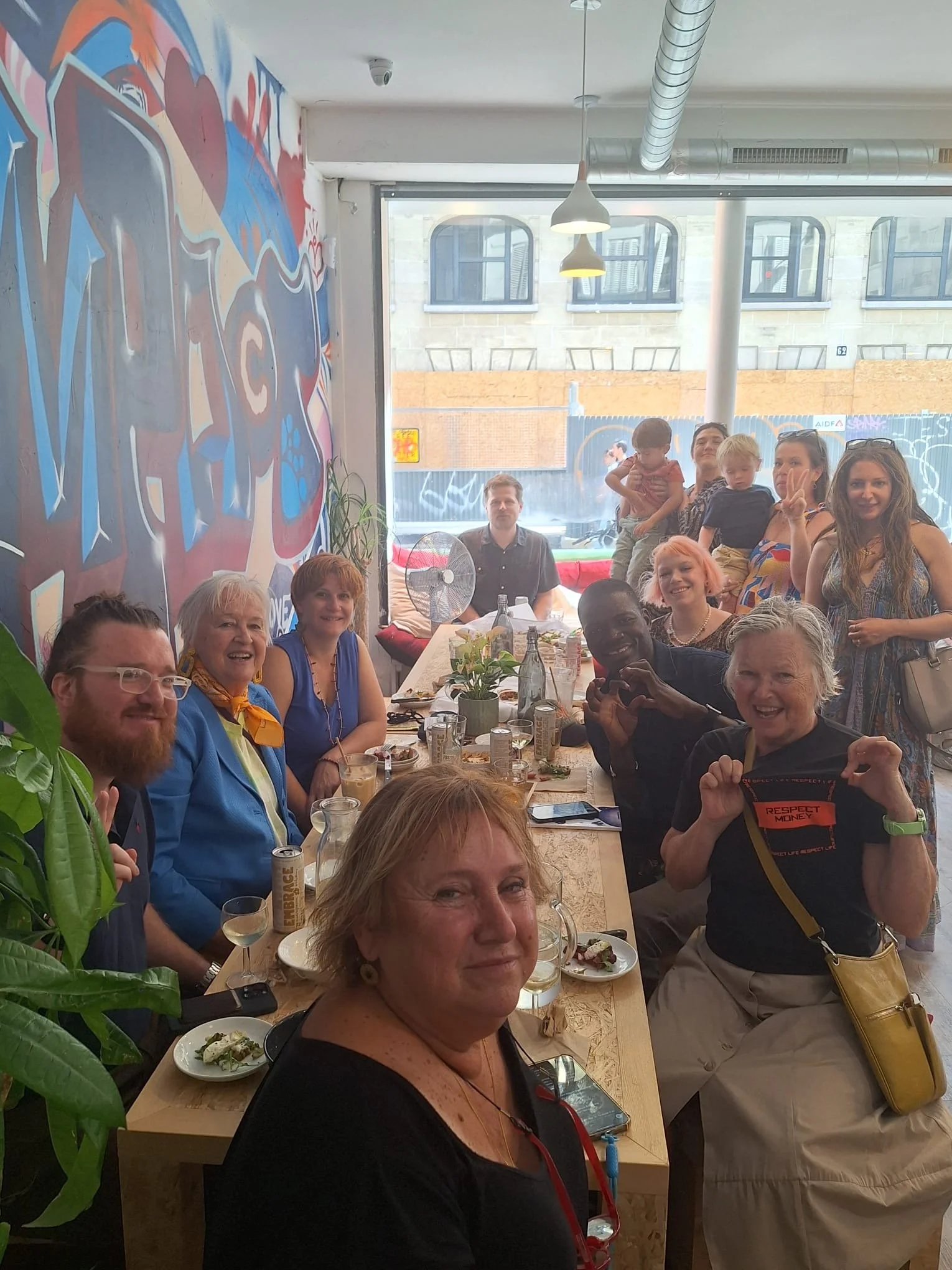Building Bridges of Hope: The Peace Builder Award and the Power of Positive Peace
Every year, the Peace Museum Paris opens its doors to celebrate those who remind us that peace is not an abstract dream - it is something we can build together. The Peace Builder Award honors people whose courage and compassion bring harmony to communities divided by fear, conflict, or silence. These individuals remind us that peace begins with human connection, and that one person’s vision can ripple outward to inspire change across borders and hearts.
This year, the museum celebrates Shahd Ahmed of Sudan, whose quiet strength brings people together in her community and restores hope where it has been dimmed by hardship. We honor Jumagul Ahmadzai of Afghanistan, a steadfast peacemaker whose work rebuilds trust and understanding in places once torn by conflict. We recognize Nathanael Koehler, Sports Director at STCP, who uses the unifying power of sport to bridge cultures and nurture respect. We commend Chhaya Mathur Saint Ramon, whose wisdom and empathy illuminate a lifelong journey of teaching peace through compassion. And we cherish the Harada family, whose art, care for the environment, and unwavering kindness embody the beauty of living peacefully every day.
These honorees remind us that peace is not only the end of violence - it is the presence of something greater. It is justice, equality, and respect made visible in how we live and care for one another. This deeper understanding is what we call positive peace.
While negative peace simply means the absence of war, positive peace means building the systems, relationships, and values that sustain harmony. It means creating conditions where dignity, education, and opportunity replace fear and inequality. Positive peace asks us to look beyond treaties and ceasefires to the everyday acts of understanding, inclusion, and kindness that allow peace to last.
At the Peace Museum Paris, we believe peace must be seen, felt, and shared. The museum is not only a place of memory - it is a meeting point for peace builders, peace makers, and peace seekers from around the world. Here, ideas are exchanged, friendships are formed, and new peace projects are born. Every gathering sparks the next, each one adding another thread to the global fabric of peace.
Peace becomes visible when people come together - when a teacher listens, an artist paints, a child learns, or a neighbor forgives. That is why the Peace Builder Award is more than an honor; it is a reminder that peace is a living practice, built every day by ordinary people doing extraordinary things.
At the heart of the Peace Museum Paris beats a simple truth: peace is not just the absence of conflict, but the presence of care. It grows through dialogue, compassion, and the courage to imagine a kinder world. From these shared moments of understanding, a brighter, more peaceful future is born - one story, one action, one connection at a time.
Windows4Peace at Impact Café & Coworking, Paris
Windows for Peace at Impact in Paris celebrates French peace heroes—visionary individuals who have worked tirelessly for nonviolence, justice, and social change. Showcased within Impact, a vibrant community and coworking space, this exhibit highlights the stories of activists, humanitarians, and changemakers who have shaped France’s peace movement.
By sharing their journeys, Windows for Peace inspires dialogue and action, reminding us that peace begins with individuals who dare to challenge injustice and build bridges of understanding. In this dynamic space, where collaboration and ideas flourish, their legacies serve as a call to continue their work for a more just and compassionate world.
OUR VISION
Dr. Peter van den Dungen
In our increasingly small, fragile and interdependent world the need to live together peacefully and non-violently is a condition of survival. Yet, the culture of war and violence is still widespread, causing untold death and destruction. In virtually all societies, the military continue to be regarded as the defenders of peace and prosperity, of freedom and justice, whereas the opposite is often the case. Bloody battles and wars are still the mainstay of history teaching, and glory and heroism continue to be largely associated with them. Countless public monuments and museums reinforce the traditional views.
That there is another, more enlightened and hopeful view of history, is not taught, and not on view. The inspiring and encouraging teachings and lives of peace heroes such as Buddha, Jesus, Mahatma Gandhi, Martin Luther King and Nelson Mandela show the power of nonviolence, and the wisdom of the view that ‘there is no way to peace, peace is the way’. Peace museums are ideal instruments to educate a wide public in the necessities and practicalities of non-violent conflict resolution, whether at home, in the community, or globally. Peace museums inform and inspire visitors that there is another way.
Definitions of Peace
What is “Peace” exactly?
Peace is a state of harmony where people live free from violence, fear, and oppression. It means not only the absence of war, but also the presence of justice, equality, and respect for all.
Positive peace is more than just the absence of violence or war—it's the presence of justice, equality, and sustainable systems that support human dignity and well-being. It includes the structures, attitudes, and institutions that create and maintain peaceful societies.
While negative peace refers to the end of direct conflict (such as a ceasefire), positive peace addresses the deeper causes of conflict, including poverty, discrimination, and lack of access to education or opportunity.
The Peace Museum Paris is dedicated to the concept of positive peace. Its mission goes beyond remembering history—it actively promotes dialogue, education, and community action focused on building a more just, inclusive, and compassionate world.
